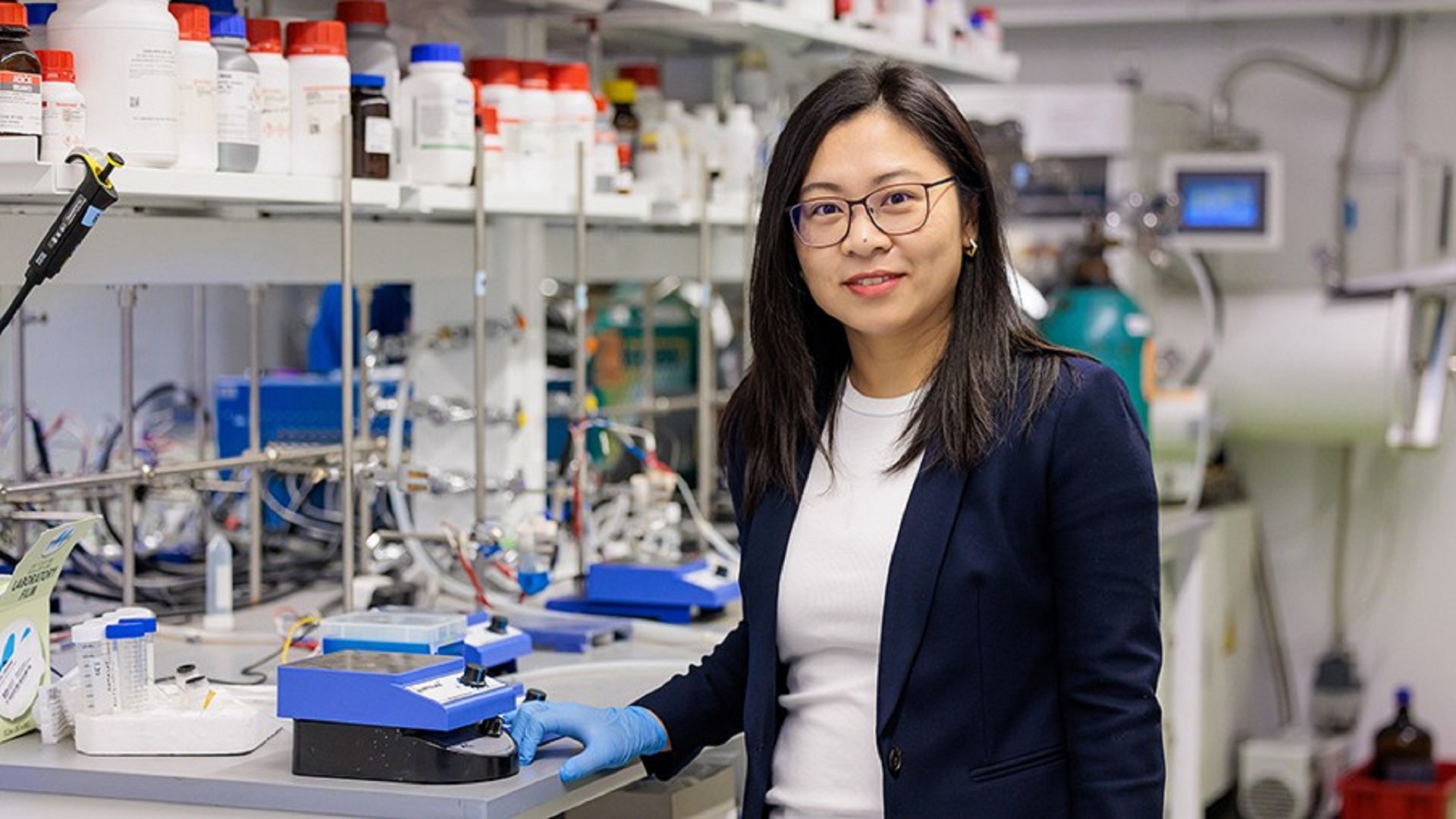What if your water filter could think like a cell, deciding what to let in, what to block, and when to do it?
That’s exactly the kind of precision scientists at the University of Chicago and Northwestern University are now closer to achieving.
By mimicking the way living cells control the flow of ions (charged particles) through microscopic tunnels in their membranes, the team has built an artificial system that can be tuned to either enhance or suppress the passage of specific ions, like a smart membrane with instincts borrowed from biology.
Ions learn new tricks
The researchers found that adding trace amounts of metal ions, such as lead, cobalt, or barium, can drastically alter how much potassium passes through a synthetic, angstrom-scale 2D nanochannel.
A mere 1 percent increase in lead ions doubled potassium flow, not by pushing it harder, but by slowing down competing ions just enough to let potassium pair with chloride, form a neutral compound, and glide through more easily.
“The most exciting part of our research is that we show how dramatically ion transport in angstrom-scale 2D channels can be changed in the presence of other ions, even with a tiny fraction,” said Mingzhan Wang, co-first author of the study.
This ability to toggle between enhancing and inhibiting ion flow, simply by adjusting the ionic mix, brings engineers a step closer to building responsive membranes that act on demand.
Such control could transform how we remove toxins from water, recover valuable minerals like lithium from brine, or even manage flow in futuristic fluid-based electronics.
At the heart of this breakthrough is a tiny but powerful interaction. Ions carry electric charges—positive or negative—and as they move through a channel, those charges interact with both the tunnel walls and one another.
The team discovered that when lead ions bind to acetate groups lining the tunnel walls, they subtly shift the electrostatic environment. That change slows negatively charged chloride ions just enough for them to sync up with potassium, forming neutral potassium chloride pairs that pass more easily through the membrane.
“There’s nothing charged that it wants to interact with, and so that makes it so that the new molecule can flow through quicker than would occur if the two ions were just separately flowing through the channel,” Northwestern University Chemistry Prof. George Schatz explained.
Membranes get a mind
Just as intriguingly, the effect can be reversed. Adding cobalt or barium disrupts this pairing by competing with lead for bonding sites, reducing the formation of potassium-chloride pairs.
“By changing the combination of ion species, we were able to switch from a cooperative effect to an inhibitory effect,” said co-first author Qinsi Xiong. “Again, understanding the underlying physics is essential.”
To do that, the team used a custom-built non-equilibrium molecular dynamics simulation, incorporating ion-induced dipole interactions to model what was happening at the atomic scale.
“We designed a non-equilibrium molecular dynamics simulation to incorporate an ion-induced dipole interaction and simulate ion transport through this 2D nanochannel,” Xiong said. “Our results aligned well with the experiments, suggesting that the physics we included were on the right track.”
Potassium transport slows down—like flicking a switch from “open” to “closed.” It’s a dynamic, controllable system that echoes the remarkable selectivity of living cells.
The impact of this research could extend far beyond the lab. Membranes may one day adapt in real time to water contamination, removing only harmful ions. Devices could extract lithium from seawater with minimal waste.
In electronics, where ions are emerging as the building blocks of fluidic computing, programmable ion flow could unlock entirely new technologies.
The findings were recently published in Nature Communications.
